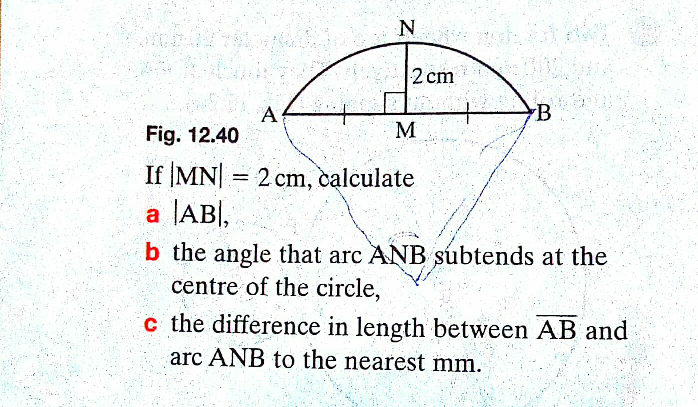
AllQuestion and Answers: Page 1814
Question Number 28610 Answers: 0 Comments: 0
Question Number 28609 Answers: 0 Comments: 0
Question Number 28608 Answers: 1 Comments: 0
Question Number 28607 Answers: 0 Comments: 0
Question Number 28611 Answers: 0 Comments: 1
Question Number 28743 Answers: 1 Comments: 2
Question Number 28600 Answers: 0 Comments: 4

Question Number 28597 Answers: 1 Comments: 1

Question Number 28591 Answers: 1 Comments: 0
Question Number 28583 Answers: 1 Comments: 1

Question Number 28574 Answers: 1 Comments: 2

Question Number 28586 Answers: 0 Comments: 0
Question Number 28585 Answers: 1 Comments: 0

Question Number 28565 Answers: 1 Comments: 0

Question Number 28554 Answers: 2 Comments: 0
Question Number 28547 Answers: 1 Comments: 0

Question Number 28546 Answers: 0 Comments: 0
Question Number 28544 Answers: 0 Comments: 2
Question Number 28543 Answers: 0 Comments: 0
Question Number 28542 Answers: 0 Comments: 0
Question Number 28541 Answers: 0 Comments: 0
Question Number 28539 Answers: 0 Comments: 0
Question Number 28538 Answers: 0 Comments: 0
Question Number 28537 Answers: 0 Comments: 0
Question Number 28536 Answers: 0 Comments: 0
Question Number 28535 Answers: 0 Comments: 0
Pg 1809 Pg 1810 Pg 1811 Pg 1812 Pg 1813 Pg 1814 Pg 1815 Pg 1816 Pg 1817 Pg 1818
